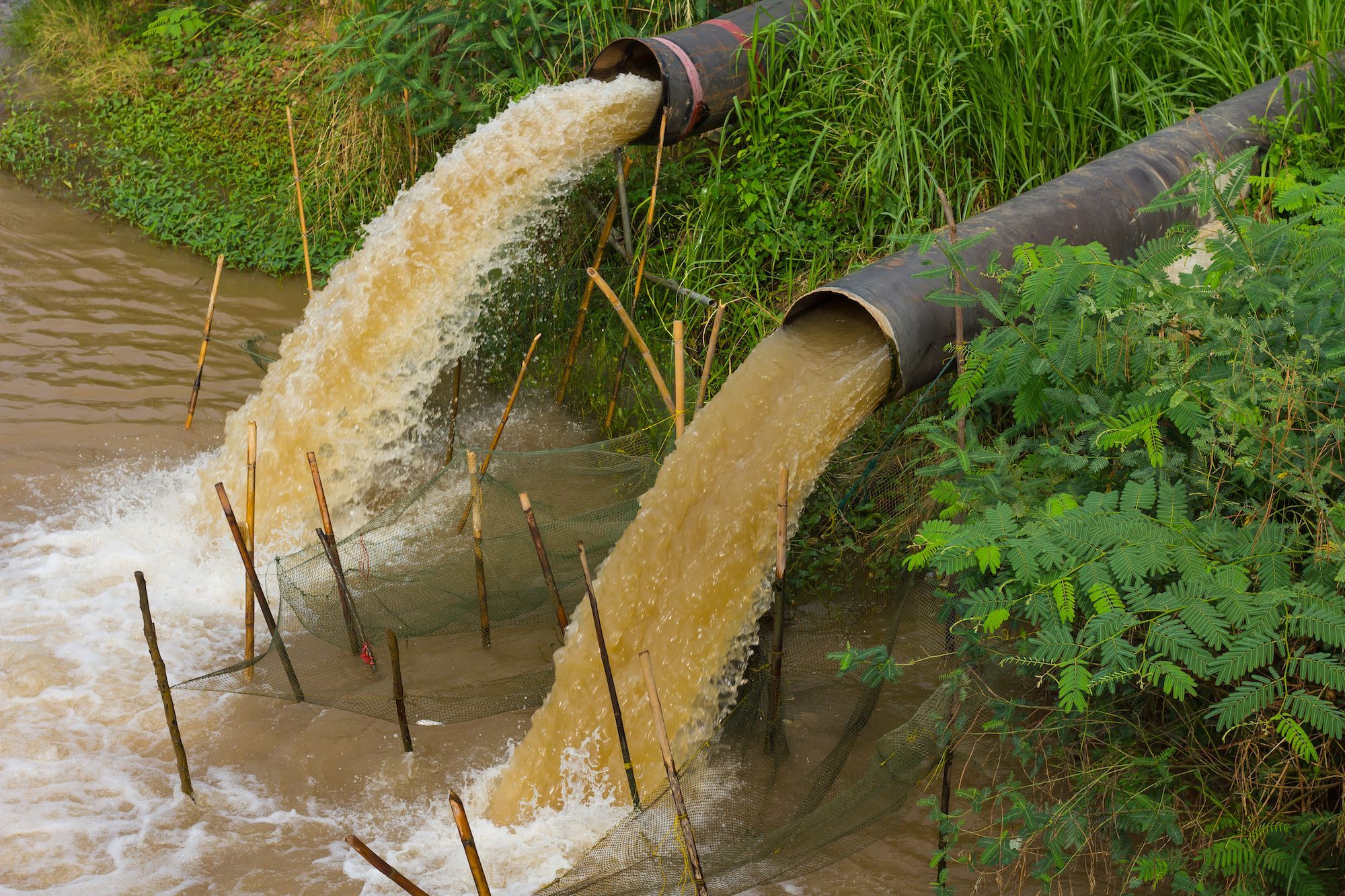Droughts of growing severity keep reminding us all that freshwater is life. It is a vital resource for all living beings, vital for economic and social development, energy generation, and climate change adaptation. But now we face a huge issue.
The Ganges flows cleanly past Rishikesh, India’s Himalayan gateway. Nobody would expect this water to become one of the world’s most polluted rivers, with faecal bacteria helped in boosting to 31 millions per 100 milliliters of blood. According to the Sankat Mochan Foundation, which is working to restore the Ganges’ former beauty. These levels have made the sacred river synonymous to water pollution, a global issue affecting one out of every three people.
Water Pollution
The WHO defines contaminated water as water whose chemistry has been altered to the point of being useless. A hazardous water that could be drunk or utilised for critical activities like agriculture, and that causes illnesses like diarrhoea and polio that kill over 500,000 people annually.
A few of the most common water contaminants are radioactive chemicals and faecal waste. These contaminants are unseen because they do not usually change the color of water. That’s why little samples of water & aquatic species are analysed.
Water Pollution Causes
Natural causes include mercury leaking from the Earth’s crust into oceans, rivers, lakes, canals, and reservoirs. However, human activity as well as its repercussions are the most common causes of poor water quality.
Warming
Global warming from CO2 emissions heats water, diminishing its oxygen concentration.
Deforestation
Forest fires can deplete water supplies and produce organic debris that harbours hazardous germs.
- Agriculture & livestock farming
- Chemical waste from these industries is a major cause of eutrophication.
- Dumping of waste and faces
The UN estimates that over 80% of global sewage flows untreated into oceans and rivers.
Transshipment
Fishing boats, tankers, and cargo ships pollute the ocean with plastic.
Fuel leaks
Oil and also its derivatives are transported and stored in a way that pollutes the water resources.

Pollution Effects
Water pollution harms the environment, human health, as well as the global economy. “Degraded water quality is impeding economic progress and aggravating poverty in many countries,” says World Bank President David Malpass. If the concentration of dissolved oxygen — the indication of water pollution — crosses a specific level, the increase in regional GDP (Gross Domestic Product) slows by a third. Here are some other consequences:
Biodiversity destruction Water pollution deprives aquatic habitats and causes eutrophication in lakes.
Food chain contamination Toxins can be introduced into foods by fishing in contaminated rivers or using waste water in livestock farms and crops.
Water scarcity. According to the UN, billions of people lack access to clean drinking water and sanitation, especially in rural regions.
Disease. World Health Organization (WHO) estimates that almost 2 billion people must drink feces-contaminated water, risking cholera, hepatitis A, and dysentery.
Infant death. Diarrhoeal infections connected to poor cleanliness kill almost 1,000 children every day, according to the UN.
Pollution Prevention
By 2025, half of a world’s population will be living in water-scarce places, making every polluted drop irreversible. Then we must avoid water contamination by:
- Reduce Carbon dioxide emissions to stop global warming and ocean acidification.
- Reduce agricultural pesticide and nutrient use.
- Reduce and properly treat waste water for irrigation & energy production.
- Limit the use of solitary plastics that eventually wind up as microplastics in rivers, lakes, and seas.
- Implement sustainable fishing to protect species and prevent ocean depletion.
